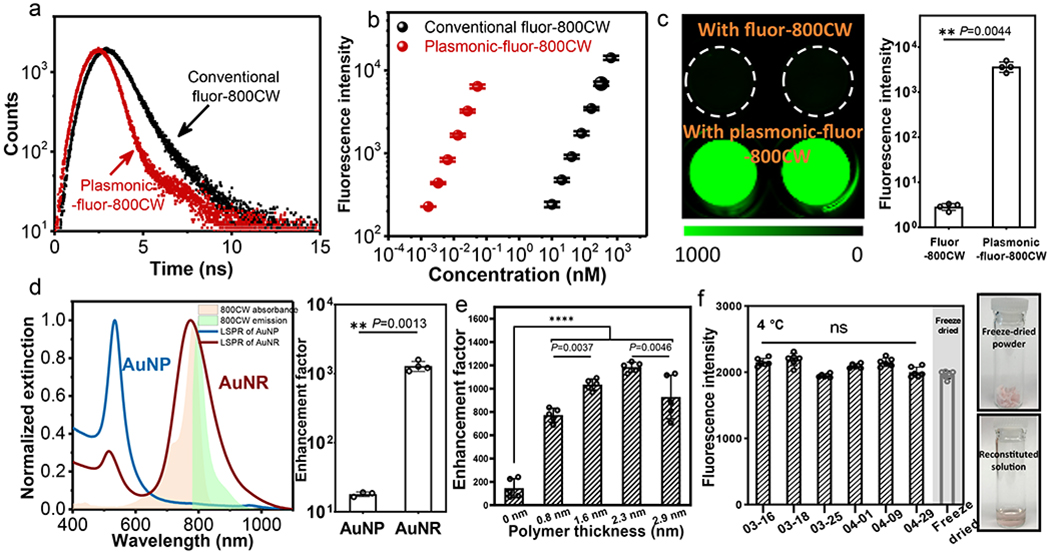Fig. 2 |. Plasmon-enhanced fluorescence and colloidal stability of plasmonic-fluors.

a, Excited state lifetime measurements of conventional fluor (BSA-biotin-800CW) and plasmonic-fluor-800CW (AuNR/polymer/BSA-biotin-800CW) showing a significant decrease in the lifetime of 800CW after adsorption on AuNR. b, Fluorescence intensity of conventional fluor-800CW and plasmonic-fluor-800CW at their different molar concentrations. The difference in the slopes of two curves indicates that a single plasmonic-fluor-800CW is as bright as 6700 (± 900) fluorophores. Error bar, s.d. (n=3 repeated tests). c, Fluorescence intensity of 800CW-streptavidin followed by the specific binding of plasmonic-fluor-800CW through biotin-streptavidin interaction, showing an average of 1200 (±40)-fold increase in fluorescence intensity. Error bar, s.d. (n=4 independent tests). Data statistically significant P value= 0.0044, ** P < 0.01 by two-tailed unpaired t-test with Welch’s correction. d, Left: LSPR wavelength of gold nanoparticles (AuNPs) and AuNRs with similar surface area. Plot also shows the absorption and emission spectra of 800CW. Right: Fluorescence enhancement factor upon binding of “off-resonant” AuNP-plasmonic-fluor-800CW and “on-resonant” AuNR-plasmonic-fluor-800CW to 800CW-streptavidin. Error bar, s.d. (AuNP group: n=3 independent tests. AuNR group: n=4 independent tests.). Data statistically significant P value= 0.0013, ** P < 0.01 by two-tailed unpaired t-test with Welch’s correction. e, Fluorescence enhancement factor obtained using plasmonic-fluor-800CW with different polymer spacer thickness. Error bar, s.d. (n=5 independent tests). **** P < 0.0001 and ** P < 0.01 by one-way ANOVA with Tukey’s post test. f, Left: plot showing the stability of plasmonic-fluor suspension stored at 4°C and reconstituted from lyophilized powder. Error bar, s.d. (n=6 repeated tests). NS: not significant. P value>0.9999 by one-way ANOVA with Tukey’s post test. Right: Photographs depicting the lyophilized powder of plasmonic-fluor before and after reconstitution.
